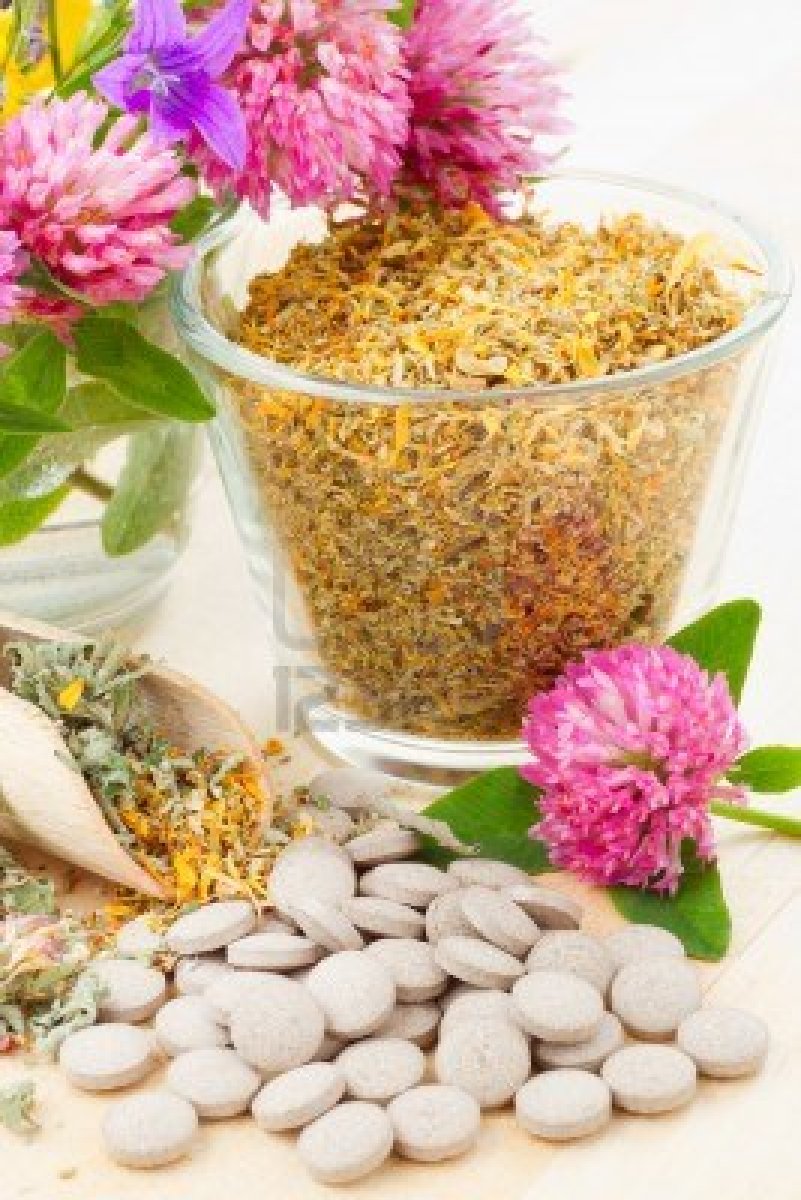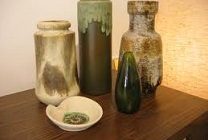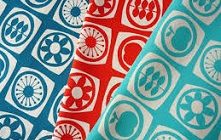Swedish traditional herbal remedies are based on a diverse range of herbs, spices and extracts that are still effectively used today. Read our guide for more facts and information about the time-tested herbal recipes of Sweden…
Swedish herbal medicine dates back to the 15th century after the arrival of spirits. In fact, flavored spirits had an important role in Swedish traditional herbal remedies not only to cure illnesses but also to overcome miseries. Even after scientific advancements that have made it possible to isolate chemical substances from herbs, the interest for herbal recipes remains.
History of Swedish herbal remedies
The earliest form of Swedish herbal remedies constituted flavored spirits, i.e. adding herbs and spices and other extracts to spirits. It is said that German merchants introduced sprits to Sweden in the 15th century, and spirits were intended to make gun powder and not meant to be used as a drink. However, by the end of the 15th century, spirits were used in medicine and privileged pharmacists were permitted to provide a “life elixir” called aquavitae for medicinal purpose. History says that the Swedish Royal household contributed recipes for the flavored spirits. Notably, in 1589, King Johan III, Simon Berchelt’s pharmacis t formulated two recipes – “Aqua vitae contra oppositum” and “Aqua Vitae for poisons of all sorts and illness” to serve as a universal medicine all over Sweden. The first recipe, made from distilled wine, Angelica root and other herbs, was meant to fight against a plague, while the second one was a preventive medicine against contagious diseases.
In subsequent centuries, herbs were used to make health drinks and spiced spirits, as described in herbal books, cook books and other sources. By the 17th century, distilling became common, facilitating homemade herbal remedies.
Schnapps – Medieval Swedish herbal medicine
Swedish herbal medicine of the medieval period is known as “schnapps.” It was in the medieval days that a diverse range of herbs, seeds, fruits, roots, etc. were used to flavor alcohol to produce versatile natural medicines. Lemon, fennel, dill, wormwood, anise, cumin, and many other ingredients were not widely known until then and were used to prepare valuable medicines that could treat both physical and mental illnesses. Lemon, probably introduced by Roman soldiers from Asia, was used for preventive remedies – preventing stomach infections, arteriosclerosis and circulatory problems. Dried lemon peels were used to make cleansing tea to get rid of toxicity. In addition to its antiseptic, antibacterial, anti-rheumatic and antioxidant properties, lemon was thought to promote longevity and faithfulness.
Fennel, which supports digestion and has antispasmodic and anti-inflammatory properties, was used to prepare a healing tea that was thought to be spiritually purifying and physically healing. Cumin seeds, which are rich in carotene and iron, were used to aid in digestive processes and as a tonic for the heart and nervous system. They were also believed to hold the gift of retention, meaning that an object carrying cumin seeds could not be stolen. Wormwood, an aromatic bitter that is poisonous in high doses, was used to eliminate worms, treat stomach pains, stimulate bile secretion and as an anti-inflammatory ingredient. It was thought to aid in fat digestion and hence became popular in south Sweden, which has been popular for its rich food culture.
Popular traditional herbal recipes
The traditional Akvavit consists of four ingredients namely, fennel, dill, aniseed and cumin. It is made by mixing about one teaspoon of each ingredient with 40 percent clean alcohol in a one-liter bottle. The mixture is left to stand for about four days and filtered with a sieve. It can be sweetened with icing sugar and is taken with rich food.
The Skåne is made by adding 40-percent alcohol to two twigs of wormwood in a one-liter bottle. The mixture is allowed to stand for one to five days, depending on how bitter the extract should be and how powerful the wormwood is. As wormwood is poisonous it must not be consumed in large doses.
Lemon schnapps is a light drink that is made by mixing the zest of one or two lemons with 40 percent alcohol in a one-liter bottle. The mixture can be allowed to stand for up to five days before the zest is removed.
The famous Swedish Bitters
Swedish Bitters, a herbal recipe that is more than four centuries old, is made from 11 medicinal herbs mixed in 40 percent alcohol. It still enjoys worldwide renown as an effective herbal remedy for a large number of physical ailments and a tonic to boost immunity and aid systemic functions. An alcohol-free version of the bitters is made by boiling the ingredients in water in the right proportion.
Swedish herbal medicine in modern days
The knowledge of herbal treatment has been handed down the generations as a family tradition or through apprenticeship. For many centuries, medicines available in pharmacies pertained to dried plant parts. It was only in the 17th century that a few Swedes received medical education abroad and returned to practice in their home country. Even today, it is said that about 40 percent of the drugs in Swedish pharmacies consist of natural products, clearly demonstrating the important role of plants in modern medicine.





